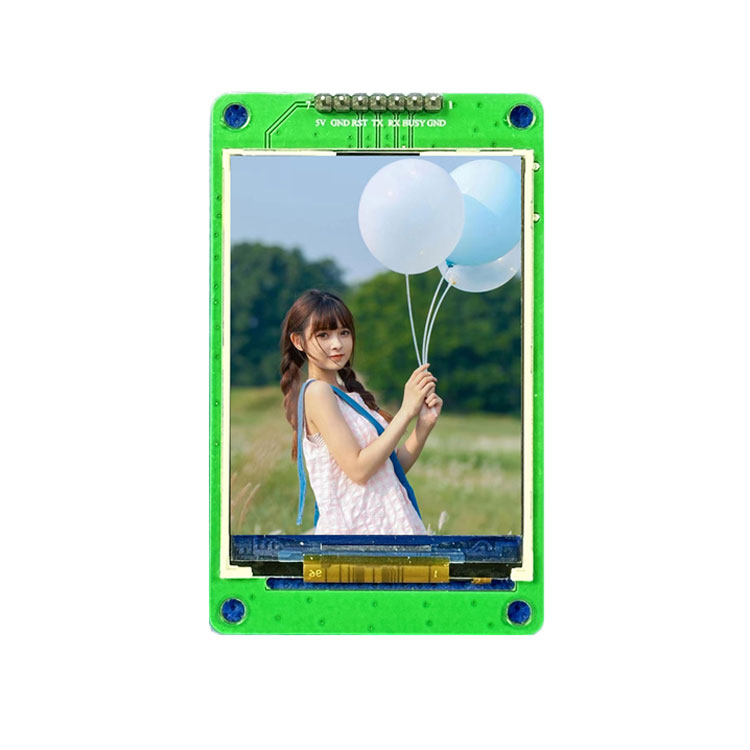LCD module (Liquid Crystal Display Module) is a common display device that uses liquid crystal technology to convert electrical signals into visible light for displaying images, text and other information in a variety of electronic products.LCD module consists of a number of key components, including liquid crystal panels, drive circuits, backlighting and so on.
First, the liquid crystal panel is the core component of the LCD module, which consists of liquid crystal molecules sandwiched between two glass plates. These liquid crystal molecules can change their arrangement according to the strength of the electric field applied to them, thereby controlling the degree of light transmission and thus displaying an image. Liquid crystal panels typically consist of millions to tens of millions of pixels, each of which can be controlled independently of the other to achieve a high-resolution display.
Second, the driver circuit is the control center of the LCD module, which is responsible for transmitting electrical signals to the LCD panel and controlling the arrangement of the liquid crystal molecules to present the desired image. The driver circuit usually consists of a chip and a circuit board that processes the input image signals and converts them into a signal format suitable for LCD display, and then sends them to each pixel on the LCD panel.
Finally, the backlight is the source of light for the LCD module, which provides the background light that allows the image to be clearly visible in dark environments. Common backlighting sources include fluorescent lamps and LEDs, which are mounted behind the LCD panel and illuminate the entire display screen by emitting light evenly.
The LCD module has a variety of functions, including:
- High Definition Display: The LCD module is capable of presenting high resolution images with clear display details and rich colors so that users can enjoy a quality visual experience.
- Low power consumption: LCD modules consume less power than traditional CRT displays. This is due to the fact that LCD technology itself has low energy consumption and LCD modules only consume power when the image needs to be updated.
- Thin and lightweight: LCD modules are relatively thin and lightweight in structure, making them suitable for embedding into a variety of electronic products, such as laptops, tablet PCs, smartphones, etc., increasing the portability of the devices.
- Wide Viewing Angle: The LCD module has a large range of viewing angles, which maintains image clarity and color accuracy even when viewed from different angles.
- Good color performance: The LCD module can accurately reproduce the color of the input signal and display real and natural colors to meet the user's requirements for image color.
2.4 inch display_LCD module_240x320_SPI interface
Resolution: 240 x 320 dots Viewing angle: 12 o`clock Interface type: TTL UART Driver chip: S...
The use of LCD modules has a number of advantages. First, LCD modules can realize high-definition image display, enabling users to clearly see the details, which improves the using experience. Secondly, the low power consumption of LCD modules is conducive to saving energy and prolonging battery life, especially for mobile devices. In addition, the LCD module is thin and lightweight, easy to integrate into a variety of electronic products, enhancing the portability and aesthetics of the product. At the same time, the LCD module has a large viewing angle range and good color performance, which can meet the user's requirements for the image display effect.
To sum up, LCD module is an important display device, with high-definition display, low power consumption, thin and lightweight, wide viewing angle, good color performance, etc. Using the module with high-definition display effect, low power consumption, good portability, wide viewing angle, good color performance, etc., it is widely used in a variety of electronic products, providing users with a high-quality visual experience.

